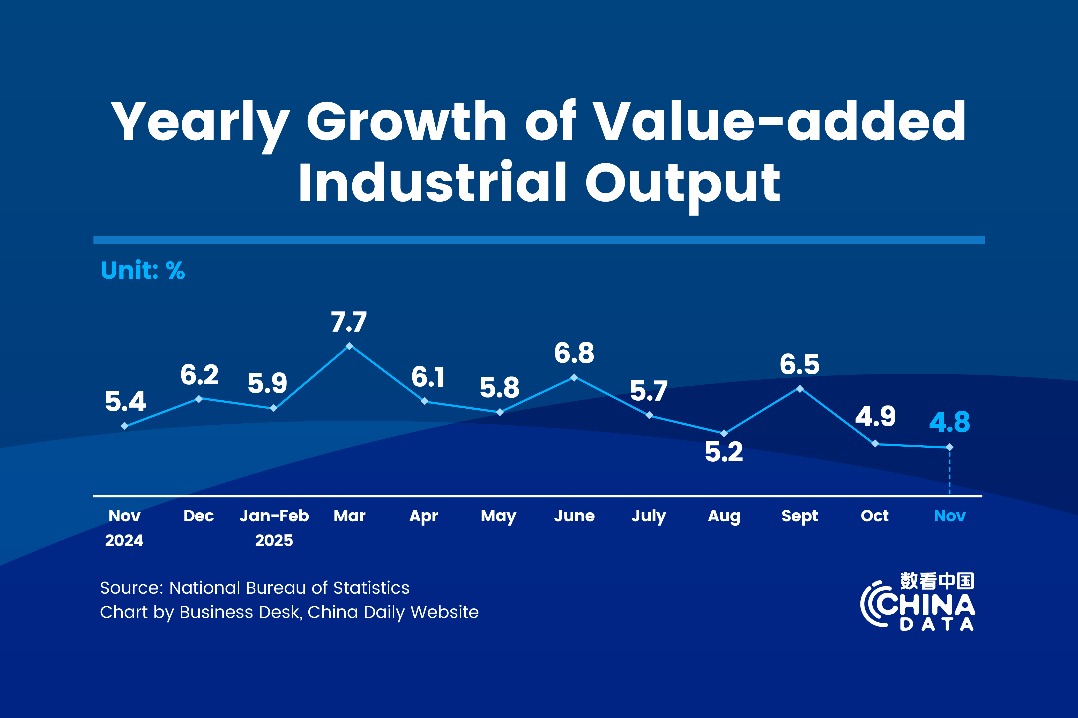Fintech innovation rescues trade firms


Before blockchain's emergence, SMEs involved in foreign trade relied on traditional financing. The practice bridged the gap between an exporter shipping a consignment of goods and an importer paying for it. Its notorious hallmarks were heavy documentation and long banking procedures.
But the pandemic-related disruptions, movement curbs, lockdowns and quarantine measures ensured that the old practice was not only impractical but potentially disastrous.
Moody's Investors Service said in a report that sectors reliant on trade and free movement of people are most exposed to credit risks as the pandemic will slow economic growth.
Data indicated as much. China's exports of goods contracted sharply in January and February, marking a trade deficit of $7.09 billion, the first aggregated trade deficit in eight years, according to the General Administration of Customs.
In response, the State Council, China's Cabinet, met on March 10 and released a package of new measures to stabilize exports. A highlight was the emphasis on financial support to offset pandemic-related disruptions.
To prevent SME bankruptcies, maintaining streamlined cash flows using advanced digital financial tools is necessary, said Huang Yiping, deputy dean of the National School of Development and director of the Institute of Digital Finance at Peking University.
According to officials, a SAFE working group is engaged in expanding the pilot cross-border blockchain platform and mitigating associated risks, to facilitate cross-border financing for trade SMEs and reduce their financial difficulties.
Financial authorities in China will continue to develop new scenarios for the cross-border blockchain financing platform, providing convenience for cross-border settlements and financing of trade firms.
Thrust will be on increasing research of technology and application of cross-border blockchain platform. SAFE plans to release standards for application program interfaces, or APIs, establish data-sharing channels between commercial banks and the cross-border blockchain platform, and introduce innovations to improve the data security system, said Zhang from SAFE.
"Blockchain technology could shake up cross-border payments and trade finance, by reducing the reliance on physical documentation and providing digital records of transactions, a method that can expedite access to finance for SMEs involved in foreign trade," said Zhang.
The most conspicuous impact is that blockchain reduces use of physical paper, and simplifies the complex process of manual verification of documents at banks. The procedure of submitting applications for finance or credit will also be shortened, which can cut costs of trade enterprises, he said.
Henry Ma, chief information officer at Tencent-backed online lender WeBank, said that cross-border financial blockchain services can play a bigger role in helping SMEs improve the efficiency and convenience of getting export trade financing and other financing or credit support.
Hau Lee, a professor with the Stanford Graduate School of Business, wrote in a research report that "blockchain can provide detailed data on previous transactions, and thus provide some history to facilitate risk assessment by the financier".
Blockchain technology can also address the problem of SMEs with suspect credentials or poor record obtaining bank loans using fake pledges. Lee expects use of blockchain to be widespread in trade finance by 2050.
Little wonder, some of the world's major central banks, such as the US Federal Reserve, have established working groups to analyze financial innovations of blockchain for application in cross-border payments and trade finance.
In a speech, Lael Brainard, a former member of the Board of Governors of the Federal Reserve System, said that significantly faster processing and reduced costs relative to the long and opaque intermediation chains associated with current methods of correspondent banking, are promising potential benefits of the blockchain technology.
"Reducing intermediation steps in cross-border payments may help decrease time, costs, and counter-party risks and may materially diminish opacity, for instance, by enabling small businesses or households remitting payments across borders to see the associated transfer costs and processing times up front."
To offset the impact of the pandemic on trade SMEs and to facilitate cross-border financing, China's central bank and SAFE jointly announced a policy on March 12 to encourage SMEs to increase financing from overseas. The new policy increased the full-aperture-data macro prudential adjustment parameter of cross-border financing from 1 to 1.25, a measure to accelerate the production resumption amid the contagion.
Additional policies will be formulated to promote cross-border financing, as well as to prevent risks caused by cross-border capital fluctuations, to ensure financial security, said a SAFE spokesman.




































